Home>Garden Essentials>English Scientific Farmer Who Devised The Practice Of Crop Rotation During The 1730s
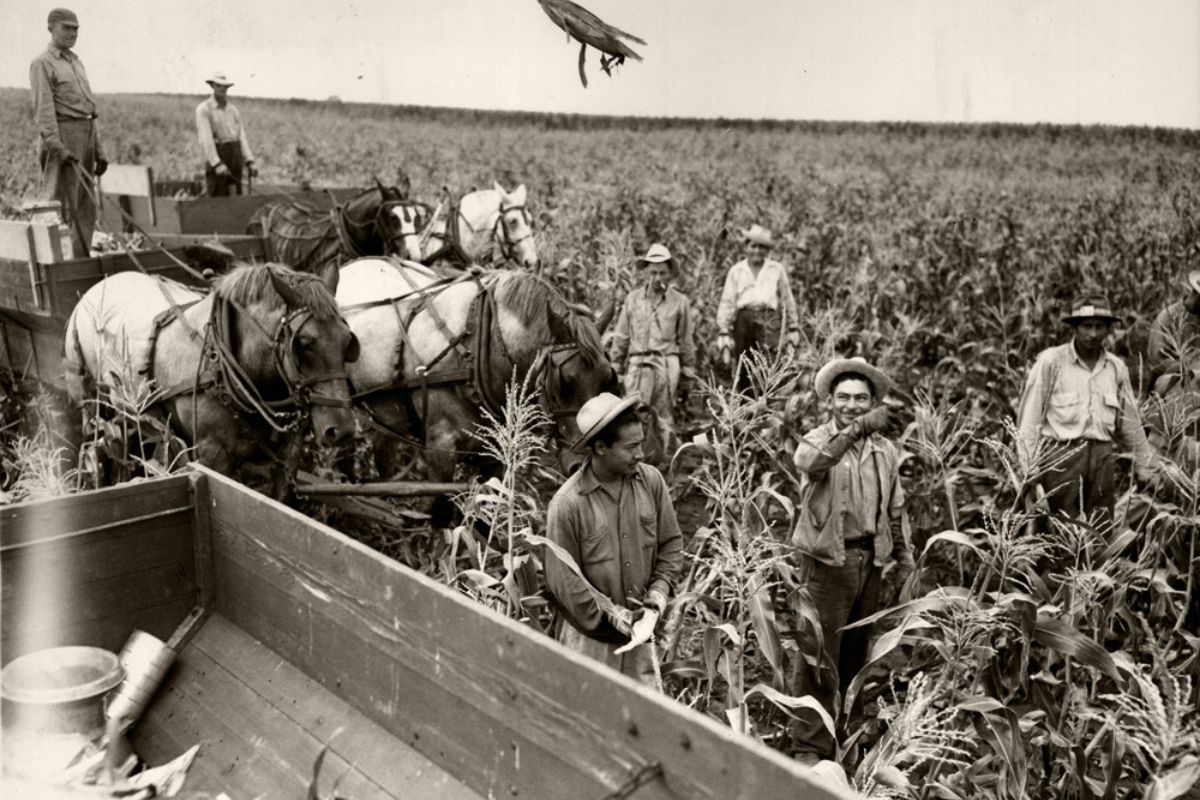

Garden Essentials
English Scientific Farmer Who Devised The Practice Of Crop Rotation During The 1730s
Modified: August 17, 2024
Discover the innovative techniques of an English scientific farmer who introduced the practice of crop rotation in the 1730s, revolutionizing the gardening industry. Learn how crop rotation can enhance your garden's productivity and sustainability.
(Many of the links in this article redirect to a specific reviewed product. Your purchase of these products through affiliate links helps to generate commission for Storables.com, at no extra cost. Learn more)
Introduction
In the realm of agriculture, the concept of crop rotation remains a fundamental practice that has revolutionized farming techniques worldwide. This innovative approach, which involves growing different crops in a sequential pattern on the same plot of land, has reaped numerous benefits for farmers and the environment. However, not many people are aware of the origins of this highly effective technique.
During the 1730s, an English scientist and farmer emerged as the pioneer of crop rotation. His groundbreaking agricultural innovations and experimentation paved the way for a more sustainable and productive farming system. This article delves into the life and contributions of this visionary figure, exploring his impact on agricultural practices and the lasting legacy he left behind.
Throughout history, agriculture has played a vital role in sustaining human civilizations. However, traditional farming methods often led to depleted soil fertility, decreased crop yields, and increased vulnerability to pests and diseases. The need for a more efficient and sustainable approach became increasingly apparent.
Enter the English scientific farmer, whose endeavors would revolutionize agricultural practices. Through extensive research and experimentation, he developed the practice of crop rotation, a system that involved alternating different crops in specific sequences. This innovative method not only replenished soil nutrients but also disrupted the life cycles of pests and reduced the risk of crop diseases.
Crop rotation was an essential component of the broader agricultural revolution that took place in the 18th century. At a time when traditional farming practices were prevalent, the English scientific farmer brought a fresh perspective to the field. His emphasis on empirical research and systematic observation challenged conventional wisdom and paved the way for a more scientific approach to agriculture.
The subsequent development of crop rotation marked a turning point in agricultural history. By strategically rotating crops, farmers were able to improve soil fertility and reduce the need for chemical fertilizers. This had profound implications, not only in terms of increased crop yields but also in terms of long-term environmental sustainability. The science behind crop rotation and its tangible benefits solidified its position as a cornerstone of modern agriculture.
In the following sections, we will explore the life and work of the English scientific farmer, his contributions to agricultural innovation, the evolution and benefits of crop rotation, and his lasting impact on farming practices around the world. Through this exploration, we will gain a deeper understanding of the significance of his accomplishments and the profound influence his ideas have had on the world of agriculture.
Key Takeaways:
- The English scientific farmer revolutionized agriculture in the 18th century by developing crop rotation, a practice that replenishes soil nutrients, manages pests, and improves crop yields, laying the foundation for sustainable farming.
- His innovative approach and emphasis on scientific reasoning continue to inspire modern farming practices, shaping agricultural policies and fostering the adoption of sustainable farming methods worldwide.
Read more: Why Do Farmers Practice Crop Rotation
Early Life and Education
The English scientific farmer, whose name remains undisclosed in historical records, was born in the mid-18th century in rural England. Little is known about his early years, but it is believed that he was raised in a farming community, surrounded by the sights and sounds of the agricultural landscape. His upbringing in this environment likely instilled in him a deep appreciation for the natural world and a curiosity about the inner workings of farming practices.
While formal education was not readily available to individuals from his background during this time, the English scientific farmer was a self-taught individual with a relentless thirst for knowledge. He spent countless hours reading scientific texts and studying the works of renowned agronomists and naturalists of the era. His insatiable curiosity drove him to apply the principles of science to the realm of agriculture.
As he delved further into his studies, the English scientific farmer honed his understanding of plant biology, soil chemistry, and agricultural techniques. His keen observation skills allowed him to perceive patterns and connections that eluded many others in his field. Armed with this knowledge, he embarked on a lifelong pursuit of improving farming practices and finding solutions to the challenges faced by farmers at the time.
It is worth noting that the English scientific farmer was not solely focused on crop rotation. His interests encompassed a broad range of agricultural innovations, including soil conservation, animal husbandry, and mechanization. He recognized the interconnectedness of various aspects of farming and sought holistic solutions to address the pressing issues of his time.
While the exact details of his education and practical experiences are largely undocumented, it is evident that his upbringing in an agricultural community and his self-directed studies served as the foundation for his groundbreaking contributions to the field of agriculture. The English scientific farmer’s relentless pursuit of knowledge and his determination to improve farming practices established him as a visionary figure at the forefront of agricultural innovation in the 18th century.
In the subsequent sections, we will delve deeper into the specific agricultural innovations that the English scientific farmer devised, with a particular focus on his groundbreaking discovery of crop rotation. By exploring the development, benefits, and impact of this practice, we can truly appreciate the profound contributions of this visionary figure to the world of agriculture.
Agricultural Innovations in the 18th Century
The 18th century witnessed a remarkable period of agricultural innovations and advancements in England. It was a time of significant societal and technological changes that led to the emergence of more scientific and systematic approaches to farming. The English scientific farmer was at the forefront of this agricultural revolution, introducing groundbreaking practices and technologies that transformed the way crops were cultivated, animals were raised, and land was managed.
One of the key innovations during this period was the improvement of farm machinery. The English scientific farmer recognized the potential for mechanization to increase efficiency and productivity in farming operations. He developed and refined various agricultural implements such as the seed drill, which allowed for more precise and efficient sowing of seeds, and the horse-drawn hoe, which facilitated the removal of weeds. These inventions greatly reduced labor requirements and improved crop yields.
Another significant development during this era was the systematic breeding and improvement of livestock. The English scientific farmer understood the importance of breeding animals with desirable traits to enhance their productivity and adaptability to different environmental conditions. He introduced selective breeding techniques, working tirelessly to improve the quality of livestock such as cattle, sheep, and pigs. By focusing on the traits that were beneficial for meat, milk, and wool production, he significantly enhanced the agricultural output of livestock farms.
Moreover, advancements in agricultural practices were centered around soil management and fertility. The English scientific farmer recognized the need to replenish and maintain soil nutrients for sustained crop growth. In addition to crop rotation, he introduced the use of compost and manure as organic fertilizers, promoting the importance of nutrient recycling in farming. These practices enhanced soil fertility, minimized the reliance on artificial chemicals, and promoted a more sustainable approach to agriculture.
The development of agricultural societies and the sharing of knowledge among farmers also played a crucial role in disseminating innovative farming practices. The English scientific farmer actively advocated for the formation of agricultural societies, where farmers could exchange ideas, learn from each other’s experiences, and adapt the latest scientific advancements to their own farms. These societies acted as hubs of agricultural knowledge, promoting progress and improvements in farming techniques.
The agricultural innovations of the 18th century, spearheaded by individuals like the English scientific farmer, laid the foundation for modern farming practices. His emphasis on scientific principles, mechanization, selective breeding, and soil management revolutionized agriculture, fueling increased agricultural productivity and sustainability.
In the following sections, we will explore one of the most significant contributions of the English scientific farmer to agricultural innovation – the development of crop rotation. Through this revolutionary practice, he not only improved soil fertility and crop yields but also transformed the way farmers approached land management and sustainability.
The Need for Crop Rotation
Before the advent of crop rotation, traditional farming practices often led to a multitude of challenges. Continuous cultivation of the same crop in a field over extended periods resulted in the depletion of soil nutrients, increased vulnerability to pests and diseases, and reduced crop yields. The need for a more sustainable and effective approach to farming became increasingly apparent.
The English scientific farmer recognized that the key to addressing these issues lay in understanding the intricate relationships between crops, soil, and pests. Through careful observation and experimentation, he uncovered that different crops have varying nutrient requirements and susceptibility to pests and diseases. This realization formed the foundation for the development of his groundbreaking concept – crop rotation.
Crop rotation involves the systematic rotation of different crops in specific sequences over a defined period on a piece of land. Instead of planting the same crop year after year, farmers alternate between different types of crops, taking into consideration their nutrient needs, disease resistance, and pest susceptibility.
One of the primary reasons for implementing crop rotation is to replenish soil nutrients. Different crops have diverse nutrient requirements. Some have a high demand for specific nutrients, while others may deplete certain nutrients in the soil. By rotating crops, farmers can prevent the excessive depletion of specific nutrients, as each crop will utilize different nutrients from the soil. This helps maintain a balanced nutrient profile in the soil, ensuring optimal plant growth and long-term soil health.
Crop rotation also disrupts the life cycles of pests and diseases. Many pests and diseases have a specific host plant or plant family they target. By shifting crops, farmers can break the continuous presence of a susceptible crop, reducing the likelihood of pest infestations and disease build-up. Additionally, some crops have natural pest-repellent properties or attract beneficial insects that can help control pests, further contributing to pest management in the field.
In addition to nutrient replenishment and pest control, crop rotation also helps manage weeds effectively. Different crops have varying canopy structures and growth habits that can suppress weed growth. By rotating crops, farmers can minimize the dominance of specific weed species, reducing the need for herbicides and manual weed control.
Furthermore, crop rotation promotes overall soil health and structure. Certain crops, such as legumes, have the ability to fix nitrogen from the atmosphere and enrich the soil with this essential nutrient. Others, like deep-rooted crops, help break up compacted soil and improve drainage. By diversifying crops through rotation, farmers can enhance soil fertility, enhance water infiltration, and reduce soil erosion.
The need for crop rotation cannot be overstated. This practice offers numerous benefits to farmers, including improved soil fertility, reduced reliance on chemical inputs, enhanced pest management, and increased overall ecological balance. The English scientific farmer’s recognition of the need for crop rotation and his subsequent advancements in its practical application laid the foundation for more sustainable and productive farming systems.
In the next section, we will dive deeper into the role of the English scientific farmer in developing and refining the practice of crop rotation, as well as its significant benefits and impacts on agriculture.
The Role of the English Scientific Farmer
The English scientific farmer played a pivotal role in revolutionizing agricultural practices through his relentless pursuit of knowledge and innovative approach to farming. His contributions to the field of agriculture, particularly in the development and refinement of crop rotation, cemented his position as a visionary figure in the 18th century.
At a time when traditional farming practices prevailed, the English scientific farmer challenged the status quo by introducing a scientific and empirical approach to agriculture. He emphasized the importance of observation, experimentation, and data collection to understand the underlying principles governing farming practices. Through his meticulous research and practical application, he sought to improve crop yields, enhance soil fertility, and minimize the reliance on external inputs.
The English scientific farmer’s unique perspective stemmed from his multidisciplinary approach to agricultural innovation. He drew inspiration from various fields of study, including chemistry, biology, and botany, applying their principles to the realm of farming. This interdisciplinary approach enabled him to gain a deeper understanding of the complex interactions between plants, soil, pests, and environmental factors.
The role of the English scientific farmer extended beyond theoretical research. He ardently believed in the practical implementation of his ideas and innovations on the ground. He actively engaged with farmers, agricultural societies, and landowners, promoting the adoption of his methodologies and encouraging others to embrace a more scientific and sustainable approach to farming.
One of his most significant contributions was the development and refinement of the practice of crop rotation. Through meticulous experimentation and observation, he identified the benefits of alternating different crops in specific sequences. Recognizing that different crops have varying nutrient requirements, pest susceptibilities, and disease resistances, he devised systematic crop rotation plans that maximized soil fertility, minimized pest and disease pressures, and improved overall crop health.
The English scientific farmer’s contribution to the advancement of crop rotation extended beyond theory. He provided practical guidance and recommendations for implementing crop rotation on farms of all sizes. His experiments and research findings showcased the compelling evidence of increased yields and healthier crops attained through this practice.
One of the key aspects of the English scientific farmer’s role was his emphasis on knowledge sharing and dissemination. He actively encouraged the formation of agricultural societies, where farmers could exchange ideas, share experiences, and learn from one another. These societies played a crucial role in spreading his innovative farming practices and fostering a community of farmers dedicated to adopting scientific principles in their agricultural endeavors.
The English scientific farmer’s influence extended beyond his immediate peers and spanned across continents. His pioneering work on agricultural innovations, including crop rotation, inspired farmers and agronomists worldwide to adopt more sustainable and productive farming practices. Even today, his methodologies continue to shape and influence the field of agriculture.
In the following sections, we will explore the development and benefits of crop rotation in greater detail, diving into the specific techniques and practices that the English scientific farmer introduced. By understanding the practical application and impact of his work, we can appreciate the lasting legacy of this visionary figure in the world of agriculture.
Crop rotation helps maintain soil fertility and prevent the spread of pests and diseases. It involves planting different crops in the same area in sequential seasons to improve soil health and yield.
Read more: Who Invented The Crop Rotation System
Development of Crop Rotation
The development of crop rotation as a revolutionary farming technique can be attributed to the ingenuity and persistence of the English scientific farmer. Through years of meticulous research, experimentation, and observation, he refined and perfected the practice of crop rotation, laying the groundwork for a more sustainable and productive agricultural system.
The English scientific farmer recognized the need to break the cycle of continuous monoculture and its detrimental effects on soil health and crop productivity. His early experiments involved rotating crops in a sequential pattern to better understand the impact on soil fertility and pest management. By alternating different crops, he aimed to restore and maintain the essential nutrients in the soil, reduce pest pressures, and interrupt the life cycles of diseases.
Drawing upon his knowledge of plant biology and soil chemistry, the English scientific farmer developed specific crop rotation plans tailored to the unique characteristics of various crops. He considered factors such as nutrient requirements, growth habits, and pest susceptibilities when determining the optimal sequence of crops to be grown in a particular field.
One of the fundamental principles of crop rotation that the English scientific farmer established was the inclusion of leguminous crops in the rotation cycle. Legumes, such as peas, beans, and clover, have the remarkable ability to fix atmospheric nitrogen into the soil through a symbiotic relationship with nitrogen-fixing bacteria in their root nodules. This natural process helps replenish soil nitrogen levels, benefiting subsequent crops in the rotation that require this essential nutrient for healthy growth.
Additionally, the English scientific farmer recognized the importance of incorporating deep-rooted crops in the rotation cycle. Plants with deep taproots, such as certain types of grains or brassicas, penetrate the soil, improving its structure, enhancing drainage, and accessing deeper nutrient reserves. Their extensive root systems also help break up compacted soil, enhancing water infiltration and preventing erosion.
The duration and sequence of crop rotation varied according to the specific needs and goals of each farmer. The English scientific farmer advocated for longer rotation cycles, typically spanning three to five years, to ensure maximum benefits. This allowed for a more comprehensive replenishment of soil nutrients, effective management of pests and diseases, and improved overall soil health.
Throughout his career, the English scientific farmer documented his findings and shared them with agricultural societies, fellow farmers, and stakeholders in the farming community. His publications and lectures disseminated the principles and techniques of crop rotation, spreading his invaluable knowledge far and wide.
The development of crop rotation by the English scientific farmer marked a significant leap forward in agricultural practices. His innovative approach to diversifying crops, restoring soil fertility, and managing pests and diseases laid the foundation for more sustainable and productive farming systems. His systematic and scientific approach to farming influenced generations of farmers, leaving a lasting impact on global agriculture.
In the following sections, we will explore the benefits and impact of crop rotation, delving into the numerous advantages it offers to farmers and the environment. By understanding the transformative power of this practice, we can appreciate the profound contributions of the English scientific farmer to the field of agriculture.
Benefits and Impact of Crop Rotation
Crop rotation, as developed by the English scientific farmer, has had a profound and lasting impact on agriculture. This innovative practice offers a multitude of benefits that contribute to improved soil health, increased crop yields, and sustainable farming systems. Let’s explore some of the key advantages and the wider impact of crop rotation.
1. Enhanced Soil Fertility: One of the primary benefits of crop rotation is the replenishment of soil nutrients. Different crops have varying nutrient requirements, and by rotating crops, farmers can minimize the depletion of specific nutrients in the soil. For example, leguminous crops fix atmospheric nitrogen, enriching the soil for subsequent crops. This results in healthier plants, improved nutrient availability, and increased overall soil fertility.
2. Pest and Disease Management: Crop rotation disrupts the life cycles of pests and diseases, reducing their impact on crops. By alternating different crops in a field, farmers can discourage the buildup of specific pests that target particular crops. Additionally, some crops have natural pest-repellent properties or attract beneficial insects that help control harmful pests. This reduces the reliance on pesticides and fosters a more environmentally friendly approach to pest management.
3. Weed Control: Crop rotation also aids in weed control. Different crops have varying canopy structures and growth habits, which can suppress the growth of certain weed species. By implementing crop rotation, farmers can reduce the dominance of specific weed species, minimizing the need for herbicides and manual weed control. This contributes to more sustainable and cost-effective weed management practices.
4. Improved Soil Structure and Moisture Retention: Crop rotation, especially the inclusion of deep-rooted crops, helps improve soil structure and drainage. Plants with deep taproots penetrate the soil, breaking up compaction and improving water infiltration. This enhances the soil’s ability to hold moisture and reduces the risk of erosion, leading to more resilient and productive agricultural landscapes.
5. Sustainable Nutrient Management: With crop rotation, farmers can minimize the reliance on synthetic fertilizers. By diversifying crop species, they can naturally recycle and replenish nutrients without the excessive use of chemical inputs. This not only reduces costs and environmental impacts but also promotes long-term soil health and sustainability.
6. Increased Crop Yields: Crop rotation has been shown to increase crop yields over time. By optimizing soil fertility, managing pests and diseases, and minimizing weed competition, farmers can achieve healthier and more vigorous crops. This translates into higher yields, ensuring food security, and economic stability for farmers.
The impact of crop rotation extends beyond individual farms. By adopting this practice, farmers contribute to environmental sustainability by reducing reliance on synthetic fertilizers, minimizing pesticide use, and conserving water. They also contribute to the preservation of biodiversity by creating habitats and supporting beneficial insect populations through crop diversification.
Crop rotation has become an integral part of modern farming systems, shaping agricultural practices globally. Its benefits and impact on soil fertility, pest management, weed control, and overall sustainability have solidified its position as a cornerstone of sustainable agriculture.
In the next section, we will explore the legacy and influence of the English scientific farmer and his contribution to the broader field of agriculture. By understanding his enduring impact, we can appreciate the significance of his innovations and the ongoing relevance of crop rotation in modern farming practices.
Legacy and Influence
The English scientific farmer’s contributions to the field of agriculture, particularly his pioneering work in crop rotation, have left a lasting legacy that continues to shape modern farming practices. His innovative approach, scientific curiosity, and emphasis on sustainability have had a profound influence on the way we cultivate crops and manage agricultural landscapes. Let’s explore the legacy and broader influence of the English scientific farmer.
1. Advancement of Sustainable Agriculture: The English scientific farmer’s emphasis on sustainable agricultural practices, such as crop rotation, laid the foundation for a more environmentally conscious approach to farming. His work highlighted the importance of maintaining soil fertility, conserving natural resources, and minimizing the use of synthetic inputs. This legacy has inspired generations of farmers to adopt more sustainable and environmentally friendly farming practices.
2. Scientific Approach to Agriculture: The English scientific farmer’s commitment to empirical research and observation revolutionized the agricultural community’s perception of farming. By incorporating scientific principles and experimental methods into agricultural practices, he paved the way for a more evidence-based and knowledge-driven approach to farming. His emphasis on data collection, documentation, and sharing of knowledge established a new standard for agricultural research and innovation.
3. Promotion of Knowledge Sharing: The English scientific farmer believed in the power of knowledge sharing and collaboration among farmers and agricultural societies. His efforts to encourage the formation of agricultural societies and foster a community of farmers dedicated to adopting scientific principles helped disseminate his innovative ideas far and wide. This legacy of collaboration and knowledge exchange continues to shape agricultural communities worldwide.
4. Influence on Agricultural Policies: The English scientific farmer’s ideas and innovations influenced agricultural policies and practices beyond his lifetime. His emphasis on sustainable farming methods, soil conservation, and biodiversity preservation has informed many agricultural policies around the world. Governments and organizations have recognized the critical importance of crop rotation and other sustainable farming practices in achieving food security, environmental sustainability, and rural development.
5. Global Adoption of Crop Rotation: The concept of crop rotation, as developed by the English scientific farmer, has been widely adopted across the globe. Farmers from different countries and continents have embraced the practice as an effective tool for improving soil fertility, managing pests and diseases, and enhancing overall agricultural productivity. The enduring legacy of crop rotation speaks to its practicality, effectiveness, and the recognition of its long-term benefits.
6. Inspiration for Future Innovations: The English scientific farmer’s innovative mindset and revolutionary approach to agriculture continue to inspire agricultural innovators and researchers today. His legacy serves as a reminder of the power of curiosity, experimentation, and scientific inquiry in driving agricultural advancements. Farmers and scientists are inspired by his work to develop new techniques and technologies that further enhance sustainability, productivity, and resilience in agriculture.
The contributions of the English scientific farmer have had a transformative impact on the field of agriculture. His pioneering work in crop rotation and his broader emphasis on sustainable farming practices continue to shape the way we approach agriculture. His legacy serves as a reminder of the importance of scientific reasoning, environmental stewardship, and knowledge sharing in the pursuit of a more sustainable and productive agricultural future.
Conclusion
The story of the English scientific farmer and his development of crop rotation is a testament to the power of innovation, observation, and a commitment to sustainability in the field of agriculture. His groundbreaking work in the 18th century transformed farming practices, revolutionizing the way crops were cultivated and soil health was preserved.
The English scientific farmer’s relentless pursuit of knowledge and his scientific approach to agriculture shattered existing paradigms and paved the way for a more systematic and evidence-based approach to farming. Through his research, experimentation, and practical application, he not only identified the challenges posed by continuous monoculture but also developed the solution – crop rotation.
Crop rotation provided numerous benefits to farmers and the environment. By alternating different crops in a systematic pattern, farmers could replenish soil nutrients, manage pests and diseases more effectively, control weeds, and enhance overall soil health. This resulted in increased crop yields, reduced reliance on synthetic inputs, and a more sustainable approach to farming.
The legacy of the English scientific farmer extends far beyond his own time. His emphasis on sustainability, scientific reasoning, and knowledge sharing continues to inspire contemporary agricultural practices. His contributions have shaped national and international agricultural policies, influenced farming techniques globally, and fostered the adoption of sustainable farming methods that prioritize the long-term health of the environment and agricultural systems.
Crop rotation, as developed by the English scientific farmer, remains a cornerstone of modern agriculture. It serves as a reminder of the power of innovation, observation, and experimentation in driving agricultural advancements. The practice continues to be used by farmers worldwide to optimize crop yields, preserve soil fertility, and achieve greater ecological balance in their farming operations.
As we reflect on the legacy and influence of the English scientific farmer, we are reminded of the importance of sustainable agriculture in the face of contemporary challenges such as climate change, limited natural resources, and increasingly intensive farming practices. By embracing his vision and building upon his innovations, we can continue to develop and implement agricultural practices that prioritize productivity, environmental stewardship, and the long-term viability of farming communities.
The story of the English scientific farmer and his development of crop rotation serves as an inspiration for current and future generations of farmers, researchers, and policymakers. It reminds us of the potential for transformative change when knowledge, experimentation, and the pursuit of sustainability come together in the pursuit of a more resilient and productive agricultural future.
Frequently Asked Questions about English Scientific Farmer Who Devised The Practice Of Crop Rotation During The 1730s
Was this page helpful?
At Storables.com, we guarantee accurate and reliable information. Our content, validated by Expert Board Contributors, is crafted following stringent Editorial Policies. We're committed to providing you with well-researched, expert-backed insights for all your informational needs.
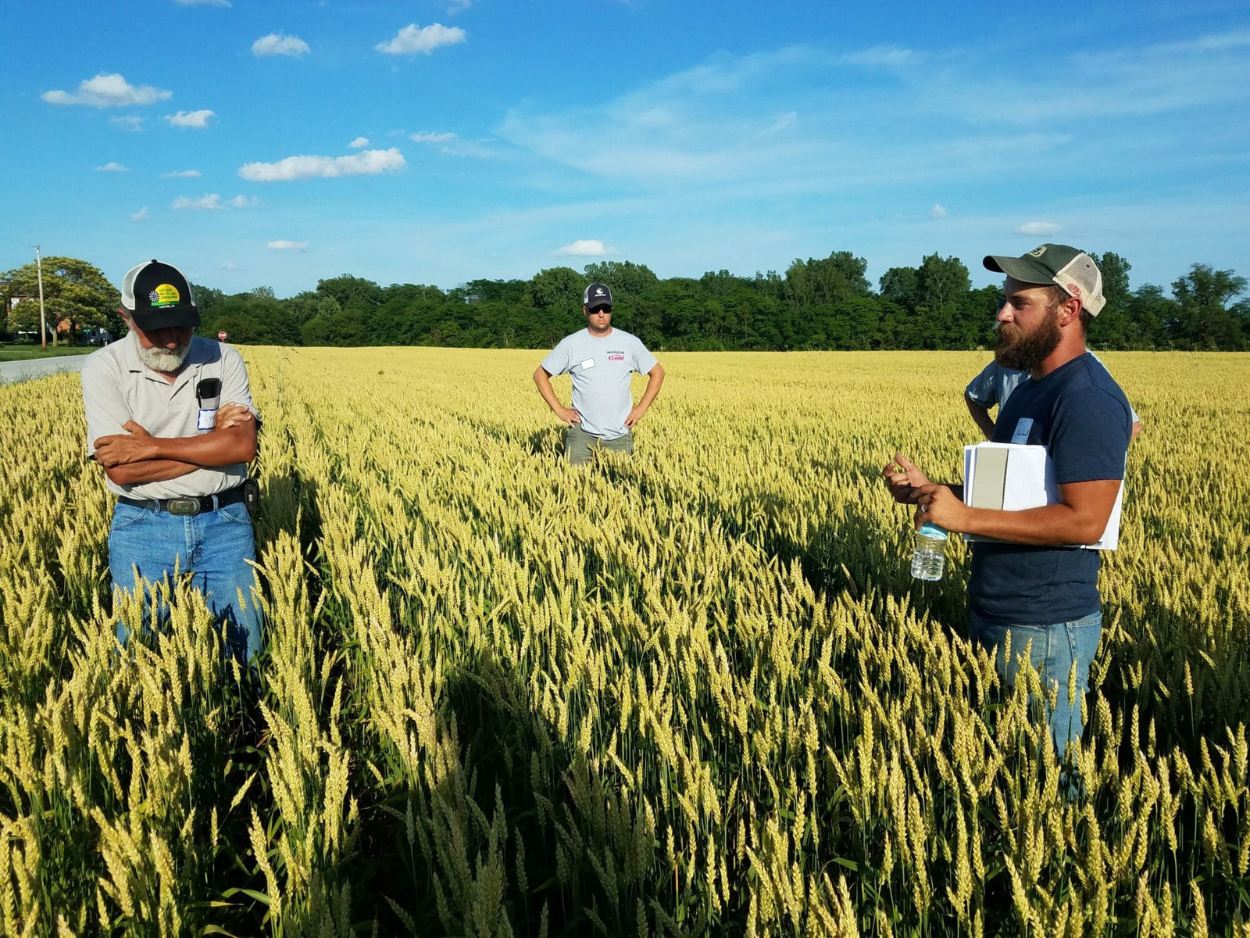
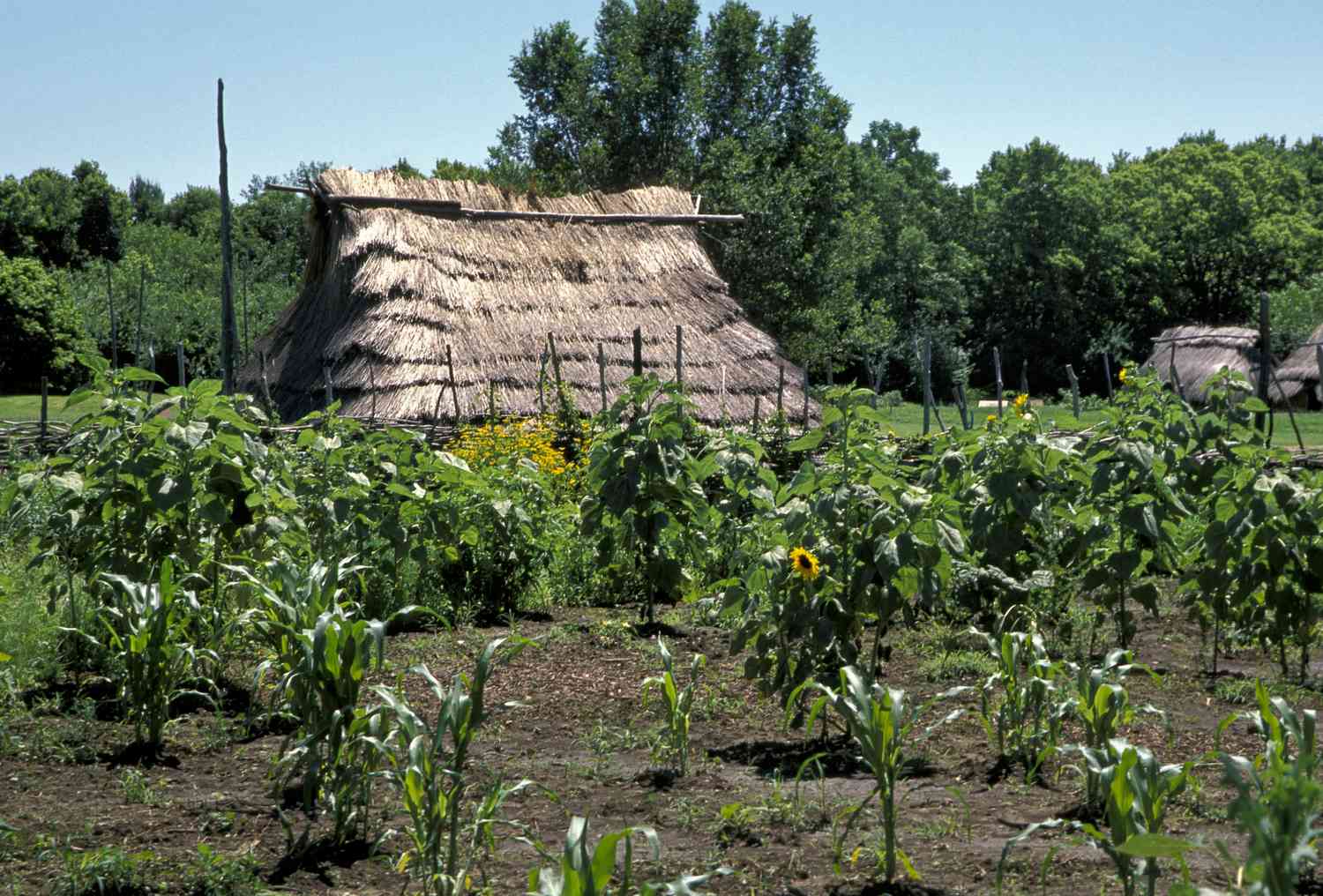
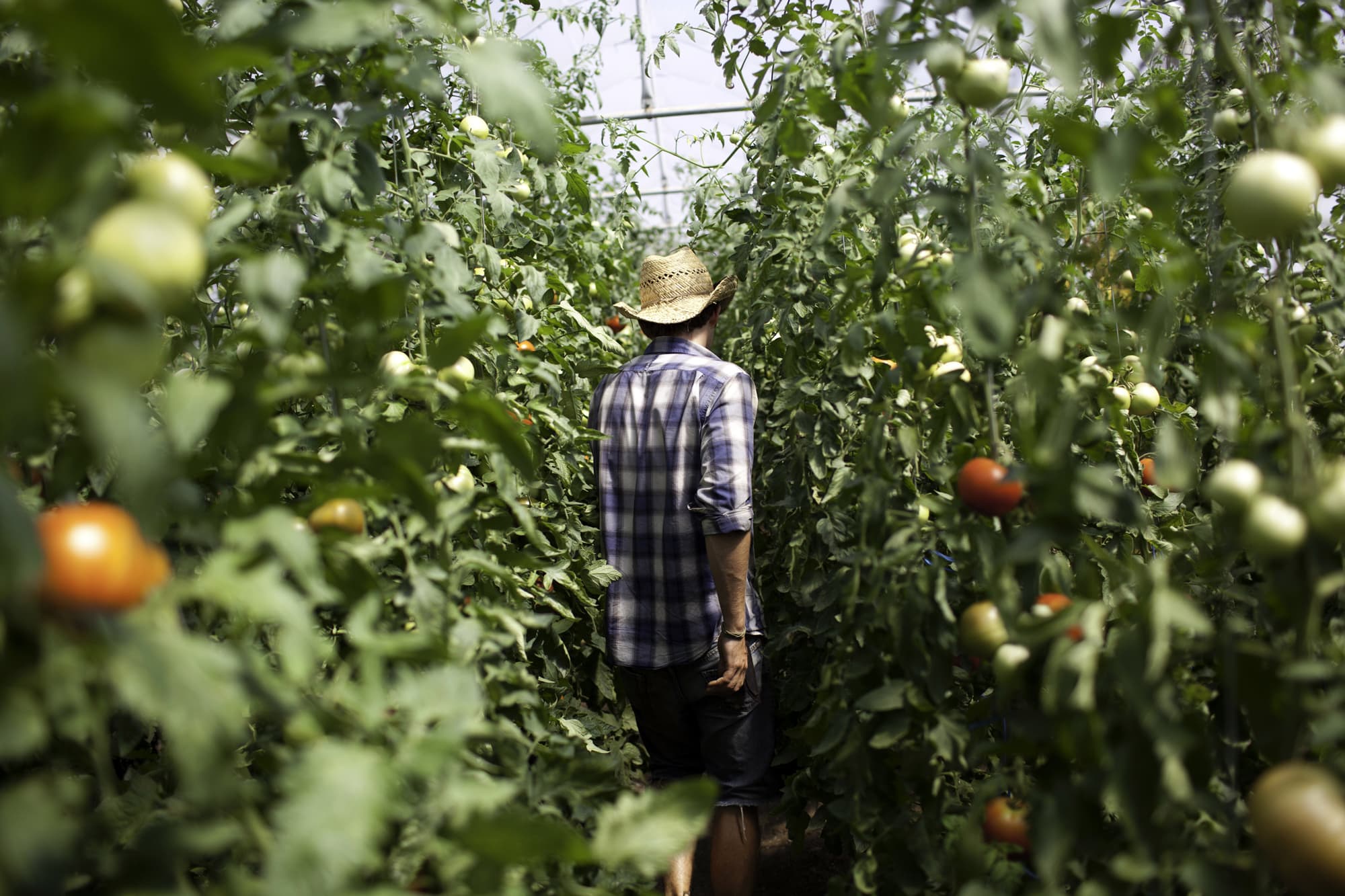

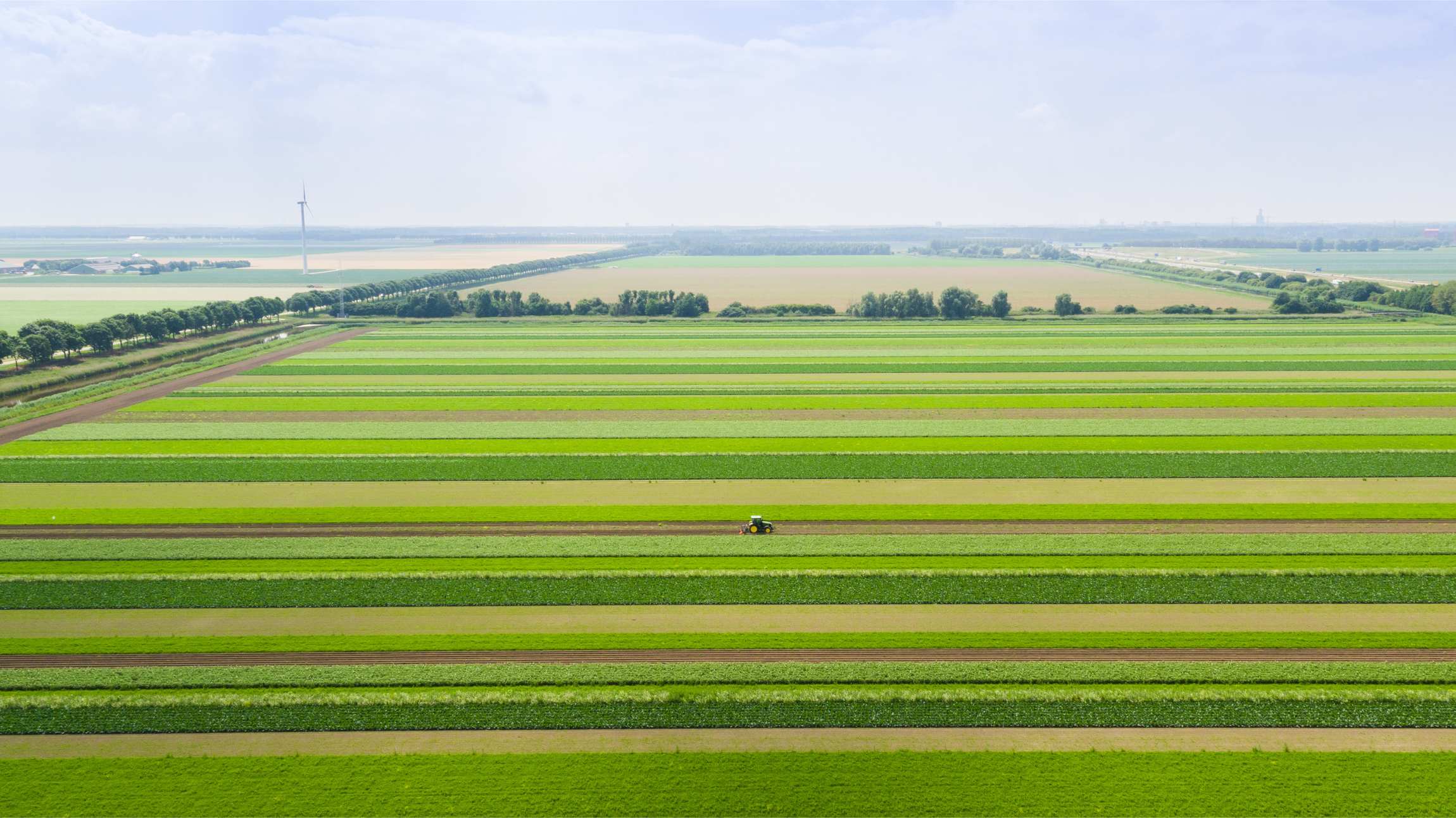



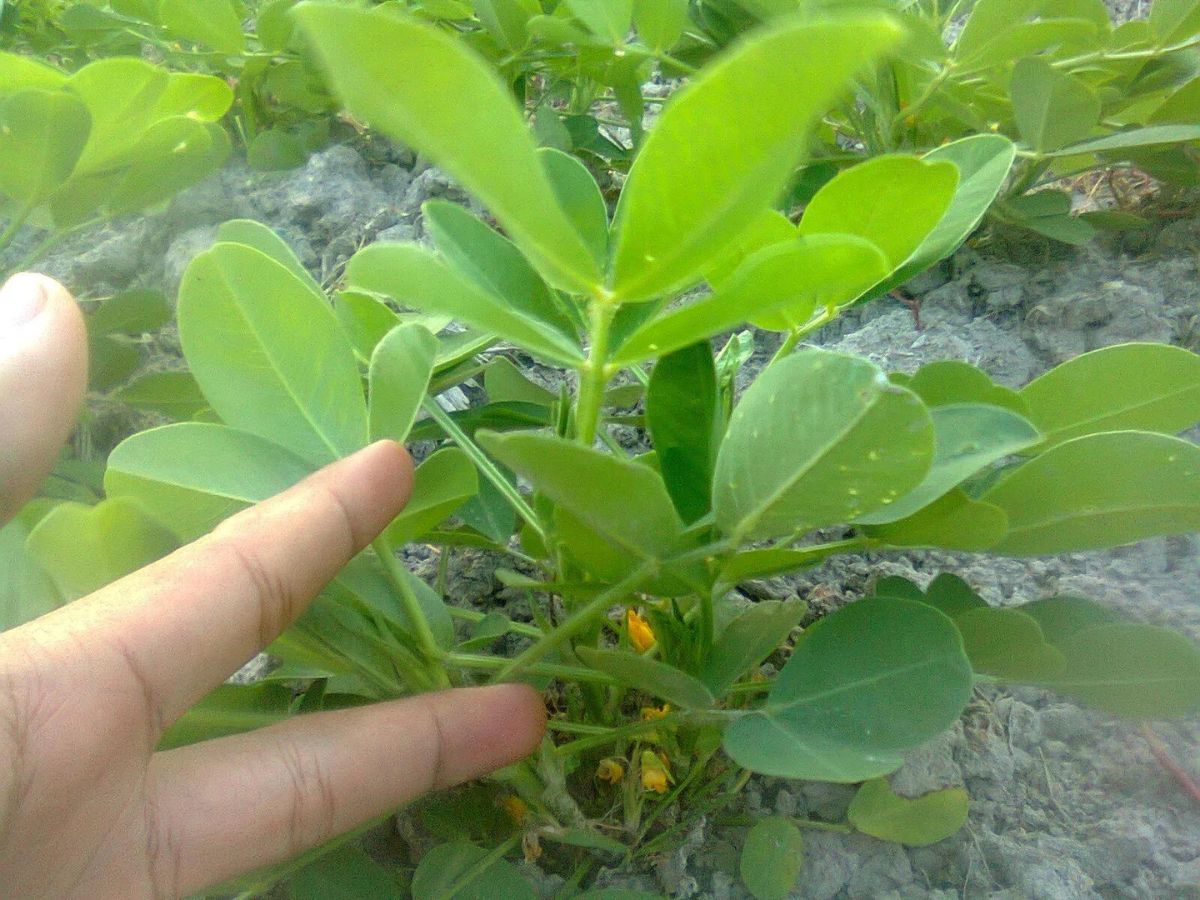
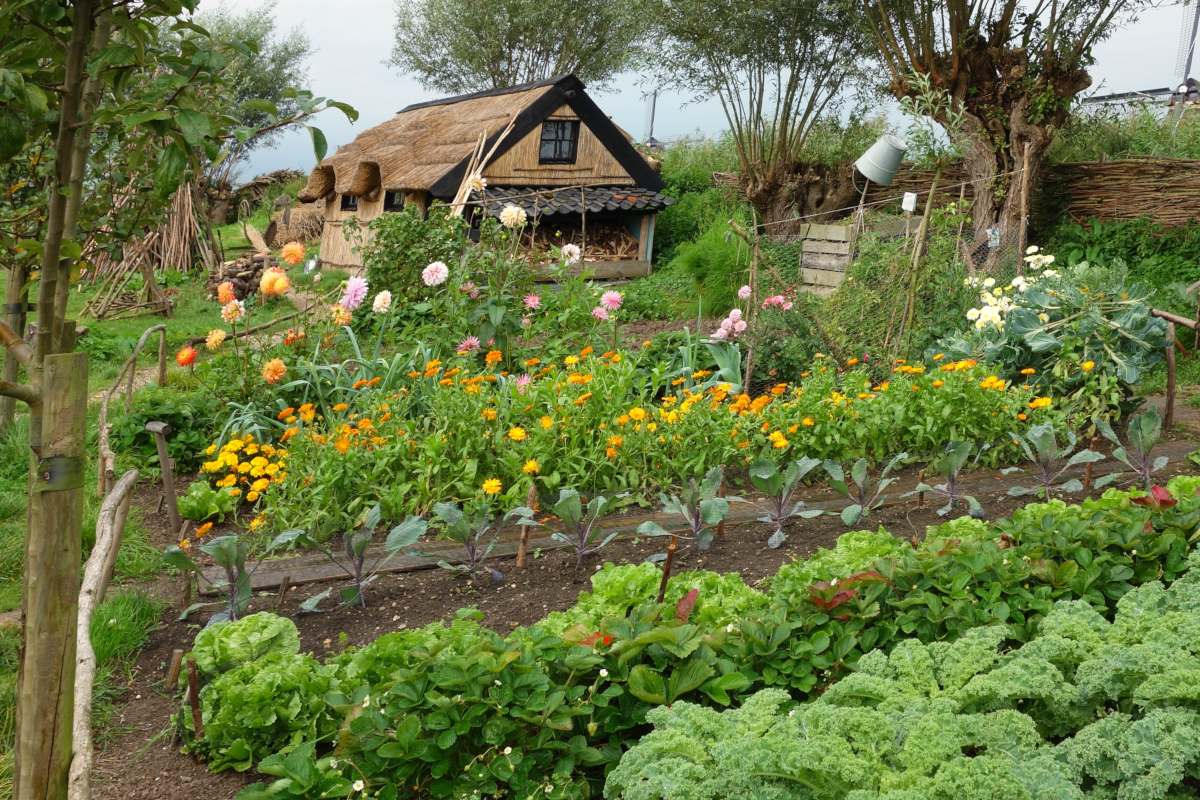
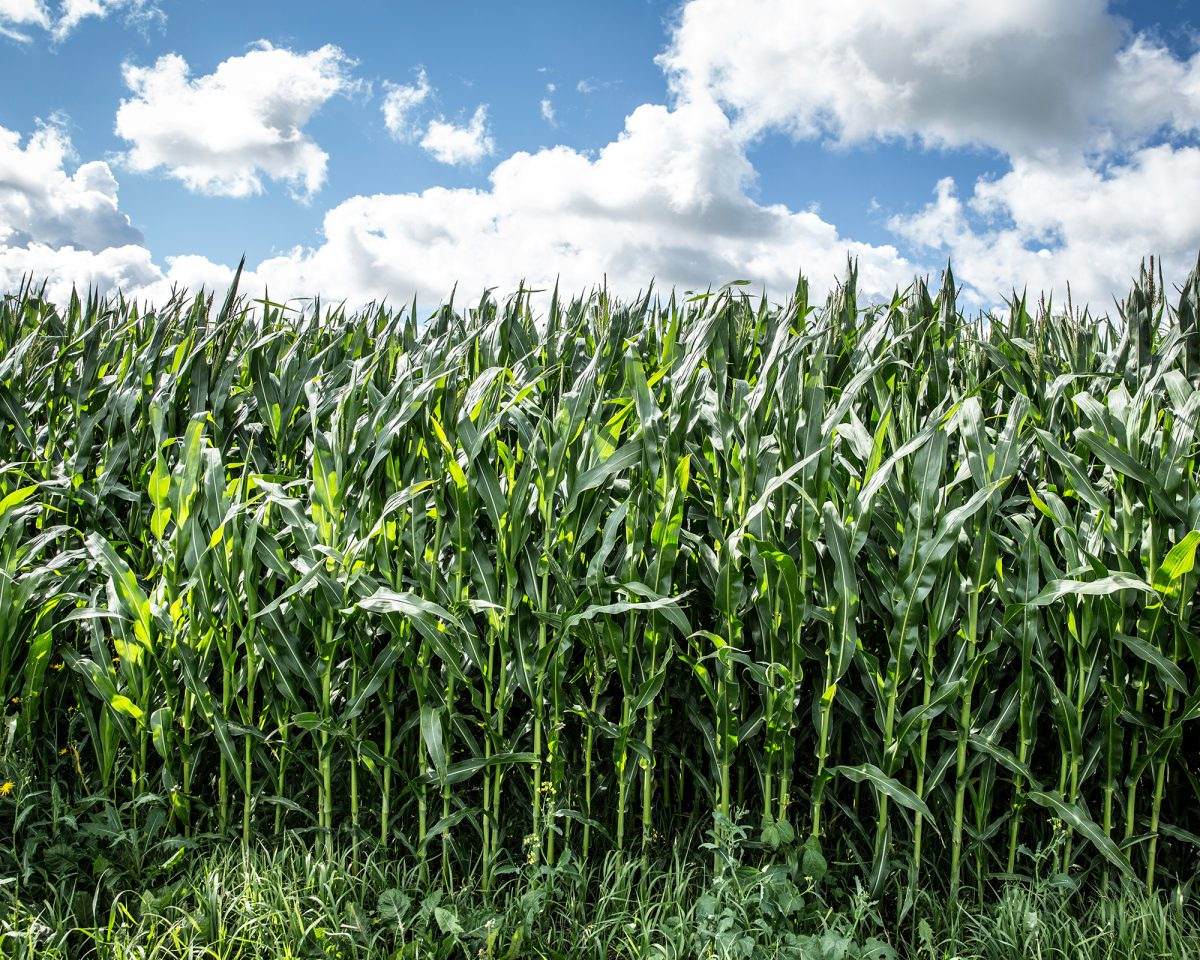
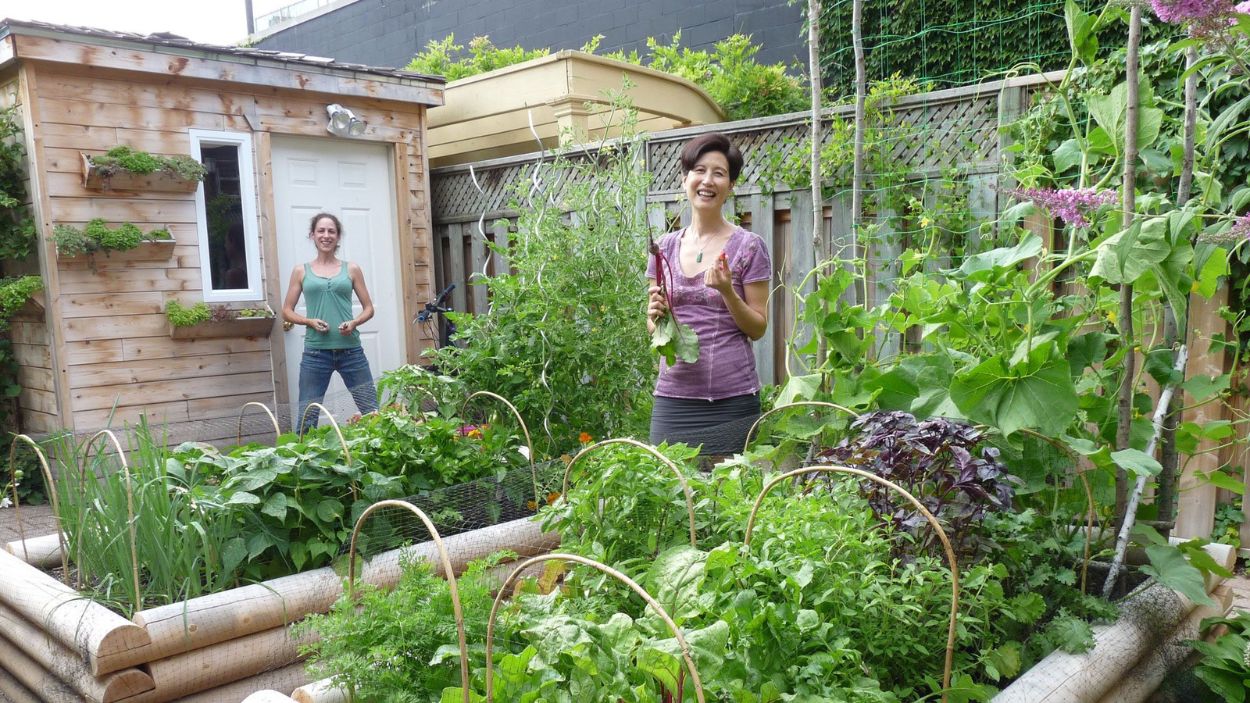



0 thoughts on “English Scientific Farmer Who Devised The Practice Of Crop Rotation During The 1730s”